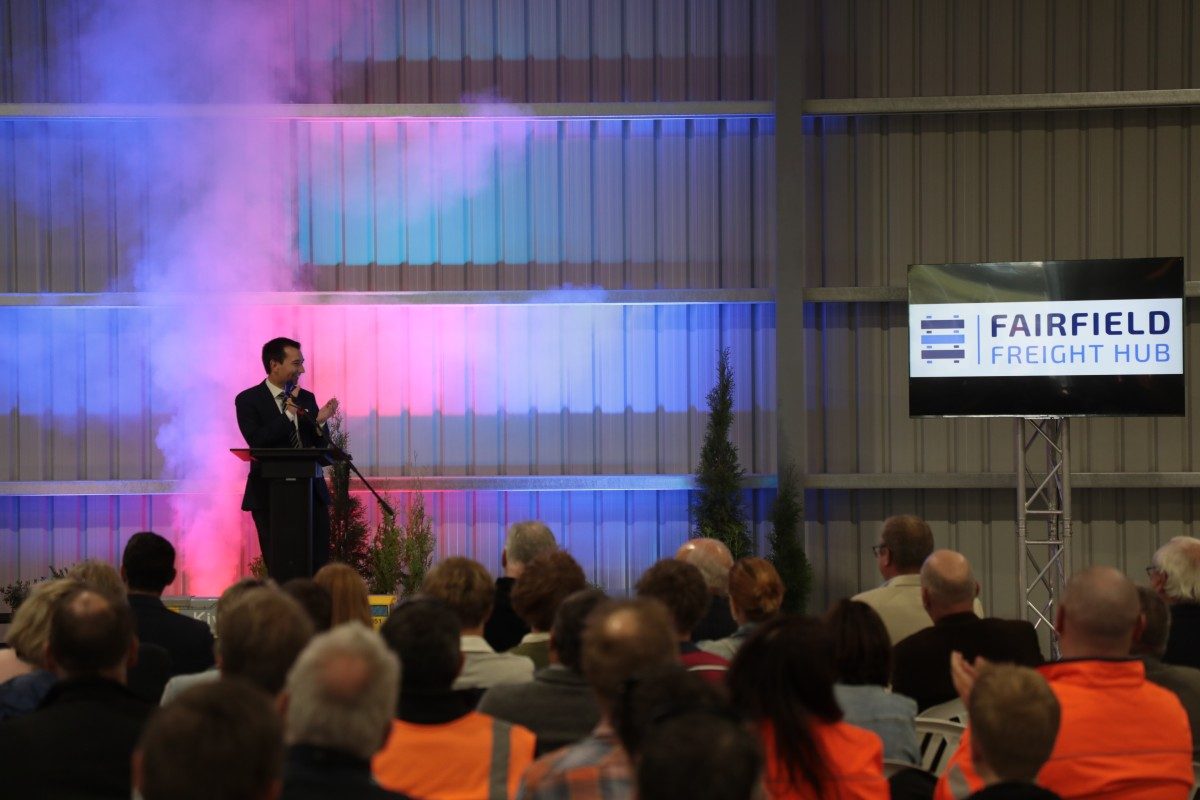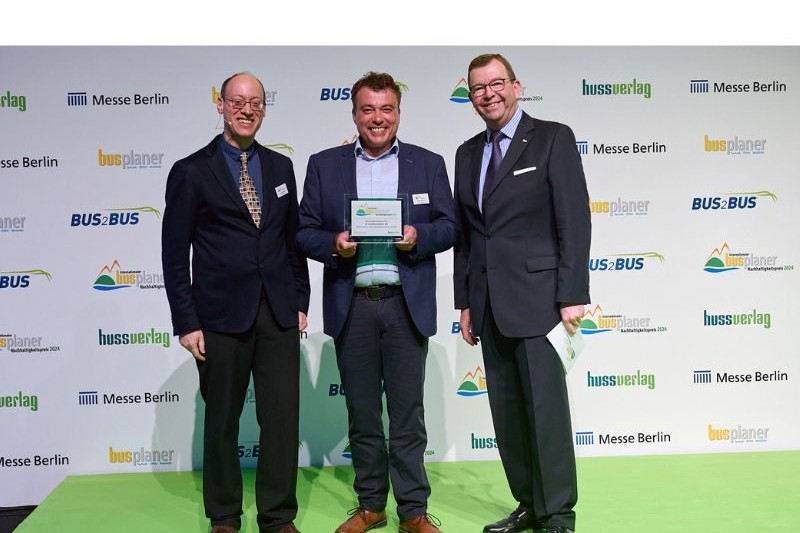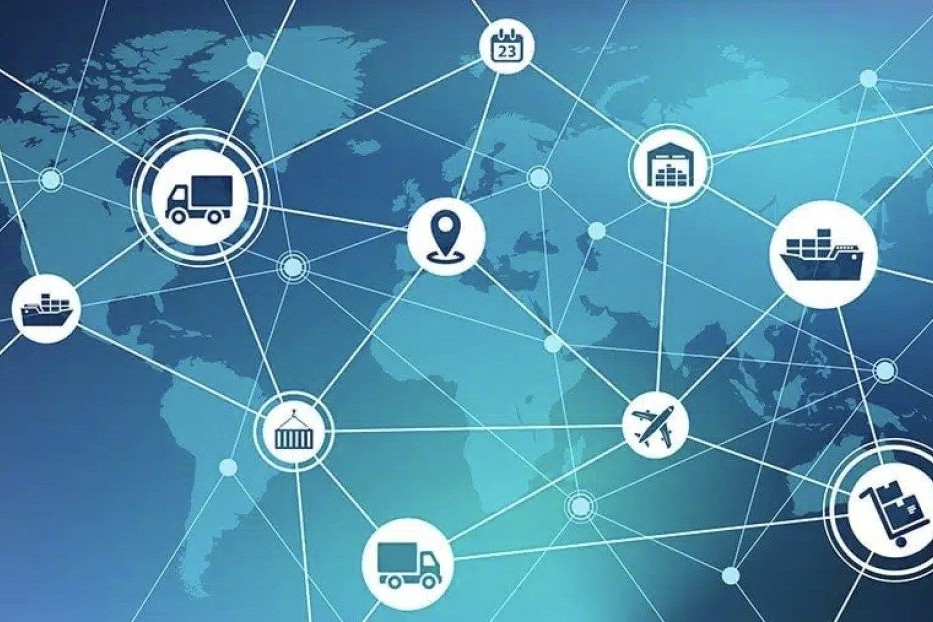The CCC‘s draft report and how it affects transport

The Climate Change Commission‘s (CCC) draft advice report for decarbonising the economy was launched on Monday 1 February and has generated its fair share of discussion and analysis in the days since. The 188-page document (click here to access it) outlines an accelerated climate-action pathway across nine industry sectors (transport, buildings, electricity, natural gas use, industry and heat, agriculture, forestry, waste, and F-gases) to reach what some are calling ambitious targets by 2035, and then net-zero emissions of long-lived gases by 2050.
It also discusses the impact of emissions budgets (the stepping down of emissions) on New Zealanders and offers a policy direction in the government‘s emissions-reduction plan and how these budgets could be met.
The CCC will be consulting with the public on the draft from 1 February to 14 March 2021. (Click here to have your say.)
So, what does the report say about transport? In 2018, states the report, transport emissions made up 36.3% of total long-lived gases (16.6Mt CO2-e). The source of transport emissions is broken down as petrol and diesel used by cars, SUVs and trucks (91%), domestic flights (7%) and rail and coastal shipping (2%). The CCC‘s path for the sector shows that transport emissions would reduce to 8.8 Mt CO2-e by 2035, which is on track to meet the 2050 target.
The report states: “Reducing transport emissions is crucial to meeting our climate targets. Action here will have an immediate and lasting impact. Aotearoa can cut almost all transport emissions by 2050. The technology already exists and is improving fast.
“In Aotearoa, we need to change the way we build and plan our towns and cities and the way people and products move around. This includes making walking and cycling easier with good cycleways and footpaths. It means moving freight off the road and onto rail and shipping. It means reliable and affordable public and shared transport systems. And it means an electric or low-emissions transport fleet.”
For the sector, the CCC recommends:
-
An integrated national transport network should be developed to reduce travel by private car. There needs to be much more walking, cycling and use of public and shared transport.
-
Electric vehicles are key and need to be widely adopted. By 2035, the commission wants most vehicles coming into New Zealand for everyday use to be EVs. The government will need to provide support and incentives to make this happen.
-
The use of low carbon fuels needs to increase, particularly in heavy trucks, trains, planes, and ships.
Of specific and primary interest to the road-freight industry is the increased use of low-carbon fuels, focussing on three low-carbon fuel options – electricity, green hydrogen and biofuels.
“Even if Aotearoa rapidly converts to EVs, biofuels or hydrogen are likely to be needed for ships, trains, aircraft and long-distance trucks. These heavy vehicles are more difficult to electrify, so the transition is likely to take longer,” the report states.
The commission forecasts that, of the trucks imported in 2030, 15% of medium trucks and 8% of heavy trucks would be electric. By 2035, these would increase to 84% and 69% respectively.
“Aotearoa should take action to scale up the manufacture of low-emissions fuels like biofuels or hydrogen-derived synthetic fuels in the first three emissions budget periods. Our path assumes 70 million litres per year of low emissions fuels could be made by 2030 and 140 million litres per year by 2035. This equates to roughly 3% of total domestic liquid-fuel demand in 2035, or 1.5% of total fuel demand including international transport, under our path,” the report states.
“Achieving this [140 million litres per year by 2035] would require building about another seven plants with similar capacity to Z Energy‘s existing Wiri plant – 20 million litres per year.”
What can the industry expect in this regard? The CCC recommends that in the first budget period the government takes the following steps to support the use of low carbon fuels for heavy vehicles:
1. Set a target and introduce policies so that at least 140 million litres of low-carbon liquid fuels are sold in Aotearoa by 31 December 2035.
2. Introduce low-carbon fuel standards or mandates to increase demand for low-carbon fuels, with specific consideration given to aviation.
3. Introduce incentives to establish low-emissions fuel plants, such as biofuel sustainable aviation fuel, and make those fuels more competitive with traditional fossil fuels.
4. Place further emphasis on decarbonising the rail system, and establish an investment strategy and clear targets to increase the share of rail and coastal shipping.
“Emissions from freight can be reduced by switching some freight movements from road to rail and coastal shipping. Our path assumes 4% of freight tonne-kilometres can switch by 2030.mFurther reductions in freight emissions could be achieved by completing the electrification of the Auckland to Wellington railway line and electrifying the Hamilton to Tauranga railway line,” says the report.
What people are saying
“We‘re wading through the report to give a response on behalf of the transport industry. What‘s showing at this point is that a lot of the measures proposed to reduce emissions are based on technologies that aren‘t quite there yet, that don‘t exist or can‘t be scaled for heavy vehicles. And then there‘s the idea that we can just shift things onto rail and sea and hope for the best. As an industry, we should do practical things now to reduce our emissions. The government‘s announcement a couple of weeks ago, where they talked about mandating the use of biofuels in diesel vehicles, will have an immediate effect. We‘re also saying, incentivise diesel vehicles at Euro 6 standard. It is going to take incentives to ensure we get change.” – Nick Leggett, CEO, Road Transport Forum
“The MIA has stated on many occasions that we support well thought out and constructive policies that will lead to an increased rate in the reduction of CO2 emissions from New Zealand‘s vehicle fleet. None of the policies suggested by the Climate Change Commission are unexpected, other than the timelines for EV uptake and banning pure petrol or diesel vehicles. The task required to decarbonise our transport is monumental. In 2020, sales of vehicles with any form of electrification (hybrid, plugin hybrid and fully electric) accounted for just 9.2% of our sales with non-plugin hybrid vehicles accounting for most of that (7.3%). Worldwide production of pure electric vehicles is still a fraction of annual vehicle manufacturing. There needs to be a quantum shift in the availability of low-emission vehicles, including hydrogen, if we stand any chance of getting close to the targets the commission says are necessary. The New Zealand market is too small for us to dictate to manufactures what they build for us. We cannot lead the world on ICE bans, but we can be a fast follower. We need policies that leverage worldwide available technology.” – David Crawford, CEO, Motor Industry Association
“The discussion of decarbonisation beyond electricity generation, moving into manufacturing and transport, is really very welcome and a hugely important contribution from this report. Transport is one of our biggest concerns and electric vehicle technologies are no longer a matter for the future; low or zero carbon fuels (such as hydrogen) may become a more practical solution for some applications in future. Maximising the use of electricity in manufacturing – and eliminating coal – should not merely be seen as a path to decarbonisation, but as a path to growth of those industries that have most value in a zero-carbon future.” – Professor Justin Hodgkiss and associate professor Nicola Gaston, co-directors of the MacDiarmid Institute for Advanced Materials and Nanotechnology
“The CCC advice uses the data for emissions to focus squarely on transport and heat (oil, gas and coal) as the main focus for action. This focus aligns with the government policies in Europe and the UK. In the introduction of the CCC draft advice, there was discussion of transformation of our cities so that walking, cycling and public transport can provide for the majority of travel needs. However, in the key-insights section, the CCC advice then recommends a very large export of emissions by stating, ‘Through switching to electric vehicles, road transport, including heavy vehicles, can be almost decarbonised by 2050.‘ The manufacture of electric vehicles is more carbon-intensive than for petrol vehicles, and the continued building and maintenance of roads is not net-zero. Furthermore, the recommended ‘switch to electric vehicles‘ does not meet the principle of equitable and inclusive transition as it relies heavily on consumerism of the second-most-costly living expense for families. I do not agree that we can consume our way to net-zero by importing expensive and short-lived, high-carbon footprint vehicles that are only utilised about 5% of the time. I hope the final advice recognises what the people discovered during the Covid-19 lockdown – our cities without four million vehicles are great places with great potential and so much room for innovative transition regeneration.” – Professor Susan Krumdieck, Energy Transition Engineering, University of Canterbury





